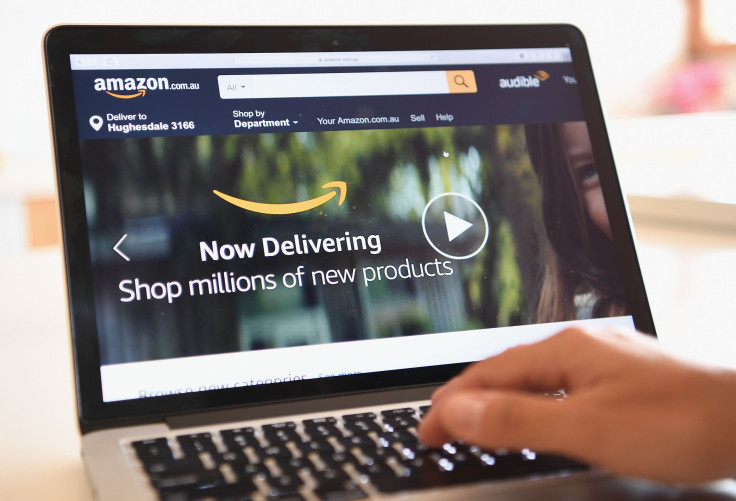Amazon Will Sell More Online Than Everyone Else In The U.S. Combined Next Year

Amazon (NASDAQ:AMZN) has long been the 800-pound gorilla in e-commerce. What's astonishing is that it's still getting bigger.
Amazon is still growing sales faster than the overall U.S. e-commerce market -- nearly twice as fast, according to estimates from eMarketer. The e-tail giant will grow total U.S. sales 29% compared to just 16% for the rest of the industry combined. It will slow down only slightly next year, and capture 53.7% of the total online retail market. That's up from a 38.3% market share in 2016.
This article originally appeared in The Motley Fool.
Amazon's rapidly expanding market share comes during a period where it's faced increased competition from Walmart (NYSE:WMT). Nonetheless, Walmart hasn't been able to make a dent in Amazon's market share. Ultimately, Amazon's success boils down to one key competitive advantage.
The Ultimate Online Shopping Destination
Amazon benefits from a massive network effect.
The majority of its sales come from third-party merchants. Most of those merchants are using Fulfilled by Amazon -- where Amazon stores and ships third-party inventory at its own warehouses -- to make their products eligible for Prime shipping benefits. Amazon now has over 100 million global paid Prime members, and an estimated 90 million Americans have access to Prime, according to Consumer Intelligence Research Partners.
As more customers join Prime, more and more merchants want to get their products in front of a group of shoppers that spend more, on average, than non-Prime members. That builds up the number of Prime-eligible items available on Amazon.com, which recently reached 100 million. As more items become available, more shoppers join Prime.
Ultimately, this network effect that benefits both shoppers and merchants. Merchants sell more products and shoppers are able to find them and receive them quickly.
The network effect has resulted in Amazon converting traffic into paid customers at a rate nearly twice as high as Walmart. Walmart can't compete with the product selection on Amazon, even if it offers free two-day shipping on a few million items. So customers often leave Walmart.com empty-handed.
Spinning The Flywheel
Amazon isn't just resting on its laurels and letting the network of Prime members and Fulfilled by Amazon merchants grow itself. The company continues to push additional benefits for Prime members and it's experimenting with other ways to allow merchants to make their inventories eligible for Prime.
Amazon recently rolled out special discounts for Prime members shopping at Whole Foods. It's also experimenting with free grocery delivery from Whole Foods for Prime members. Additionally, it continues to expand Prime Day -- its made-up shopping holiday -- offering special deals to Prime members.
For merchants, Amazon is experimenting with its own delivery service. Such a service would allow larger merchants with their own warehouses to save on shipping by working more closely with Amazon.
Continuing to add benefits to both sides of the equation should push the proverbial flywheel to spin faster. And the results speak for themselves: Amazon is taking a greater share of U.S. e-commerce every year despite strong competition. It's raised the price on Prime with seemingly minimal pushback from consumers. And more and more merchants are flocking to its third-party services to reach new customers. Amazon's flywheel is spinning faster than anyone else's, and it'll take a lot of effort for anyone to catch up.
John Mackey, CEO of Whole Foods Market, an Amazon subsidiary, is a member of The Motley Fool's board of directors. Adam Levy owns shares of Amazon. The Motley Fool owns shares of and recommends Amazon. The Motley Fool has a disclosure policy.





















